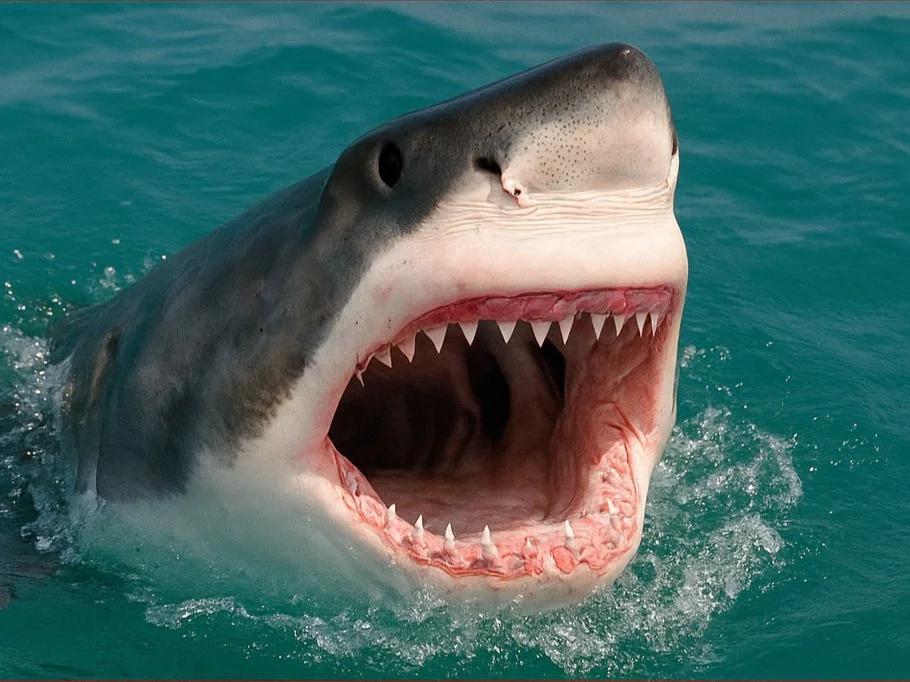At first glance, the Greek island of Crete and Indonesia’s Java might seem worlds apart—separated by thousands of kilometers, different cultures, and distinct histories. But if you take a closer look at a map, you'll notice something fascinating: these two islands share an incredibly similar shape, almost like long-lost twins!
Crete: The Mythical Jewel of Greece
Crete, Greece’s largest and most populous island, is a land of ancient myths, breathtaking landscapes, and world-renowned cuisine. With a coastline stretching nearly 1,000 kilometers, Crete marks the southern boundary of the Aegean Sea, nestled between the Cretan and Libyan Seas. From its rich Minoan heritage to its stunning beaches and rugged mountains, Crete is a destination steeped in history and natural beauty.
Java: The “Cretan Twin” on the Other Side of the World
On the opposite side of the globe, in Indonesia, lies another island that bears a striking resemblance to Crete—Java. Home to Jakarta, Indonesia’s capital, and with a staggering population of over 159 million people, Java shares an uncanny geographic similarity with Crete. If you compare their outlines, Java appears like a larger version of Crete, with its landmass stretching north and south, as if embracing the sea.
Java is not just Indonesia’s most populous island; it is also a bustling hub of culture, commerce, and history, making it a dynamic counterpart to its Greek lookalike.
A Coastline Connection
Beyond their strikingly similar shapes, Crete and Java also share coastal features that make them even more alike.
Crete is famous for its three distinctive peninsulas jutting into the sea, giving its northern and southern coastlines a dramatic, wing-like formation.
Similarly, Java’s coastline curves and extends in a way that mirrors Crete’s rugged, elongated shape, creating a geographical symmetry that is hard to ignore.
More Than Just a Shape
While Java is significantly larger than Crete (with an area of 132,000 km² compared to Crete’s 8,450 km²), both islands are rich in culture, history, and geological diversity. From volcanic landscapes and ancient civilizations to thriving modern cities, each island offers a unique yet comparable blend of natural beauty and human heritage.
So, while Crete and Java may never have "met," if they did, they’d undoubtedly have a lot to talk about—especially their endless coastlines and deep-rooted histories!










